While we often classify space exploration as humanity’s next frontier, we seldom portray it as a distinctly unappealing experience. Most are familiar with the momentous Apollo 11 mission and Neil Armstrong’s unprecedented lunar landing, but few consider the less glamorous aspects, like how Armstrong managed bodily functions during the three-day trip. Despite the seemingly glamorous depiction, space is filled with unpleasantries. From sweat clinging to the body and inconvenient sanitation systems, the human body is tested in numerous ways in space. In order to push forward to Mars, we must address these less than pleasant realities of space transit. Are you willing to reassess your notions of space travel? Consider these 25 Unpleasant Aspects of Space Travel You Never Pondered.
Bacteria
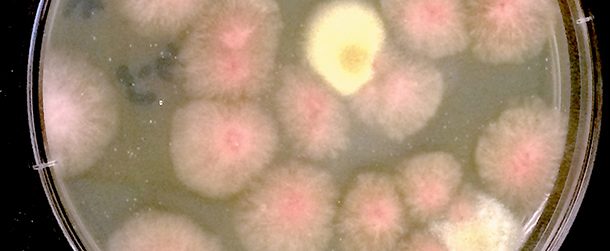 Source: http://bgr.com/2017/12/05/the-iss-is-gross-international-space-station-teeming-with-microbes/
Source: http://bgr.com/2017/12/05/the-iss-is-gross-international-space-station-teeming-with-microbes/ You might assume a space station or spaceship would be immaculately clean, but it’s quite the opposite. It’s about as filthy as your house when it hasn’t been cleaned in weeks. Scientists have discovered somewhere around 4,000 different bacteria and microbe species living in space with the astronauts.
Space Sickness
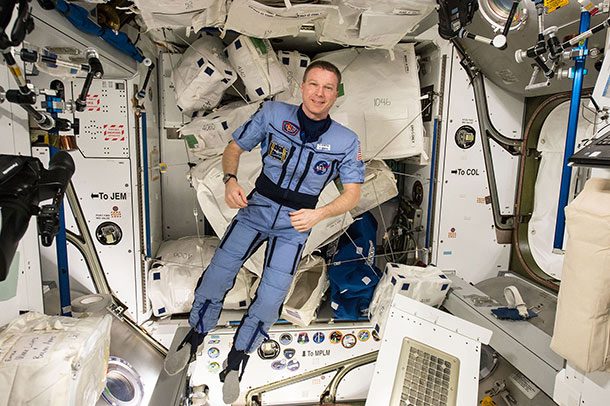 Source: https://www.sciencedaily.com/releases/2008/05/080521112119.htm
Source: https://www.sciencedaily.com/releases/2008/05/080521112119.htm With the amount of force it takes to launch astronauts into space, not to mention the lack of gravity in space, most astronauts suffer from some kind of space sickness, also called space adaption syndrome. Along with disruption of their mental capacity, they also suffer from gastrointestinal problems, nausea, and vomiting.
Mucus
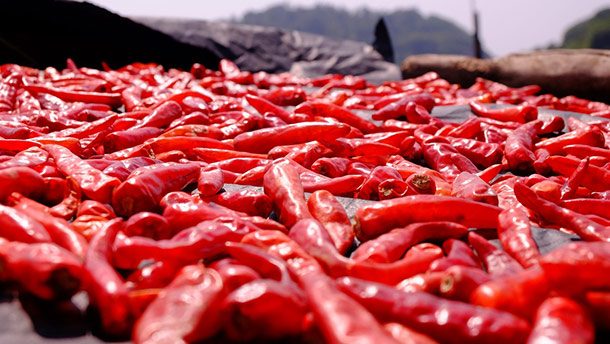 Source: https://www.popsci.com/how-your-body-betrays-you-in-space
Source: https://www.popsci.com/how-your-body-betrays-you-in-space On Earth, mucus empties through the nose and drains down the throat without you even knowing it. But, up in space, the lack of gravity causes the mucus to back up their sinuses. The only way to get rid of it is to blow into a tissue. Instead, most astronauts resort to hot sauce and spicy food.
Brains
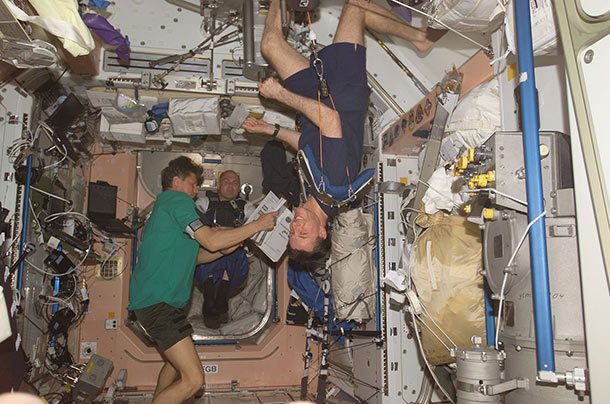 Source: https://www.popsci.com/how-your-body-betrays-you-in-space
Source: https://www.popsci.com/how-your-body-betrays-you-in-space As you’re noticing, Zero-G causes many of the gross and disgusting problems in space. Once in space, blood flow doesn’t work like it does with gravity. Instead of pulling toward the feet, it can flow up to the torso and the brain. For about four days, astronauts’ faces look puffy from all the extra blood pouring into their skull. Eventually, their bodies adapt to the environment.
Spices
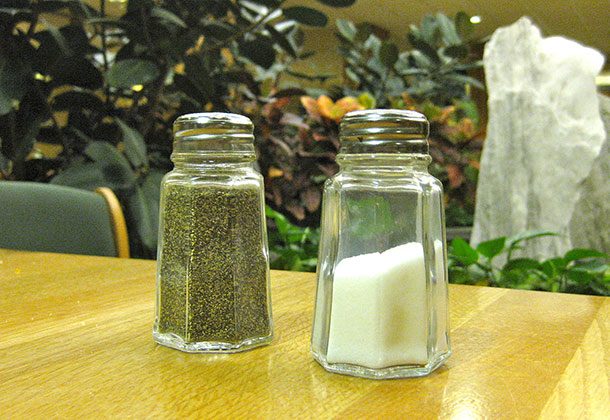 Source: https://www.theatlantic.com/technology/archive/2012/07/what-space-smells-like/259903/
Source: https://www.theatlantic.com/technology/archive/2012/07/what-space-smells-like/259903/ Spicing up your food with regular salt and pepper won’t exactly work with Zero-G. You’d just have tiny salt and pepper particles floating all over. Instead, astronauts use spice and pepper in liquid form.
Dead Skin
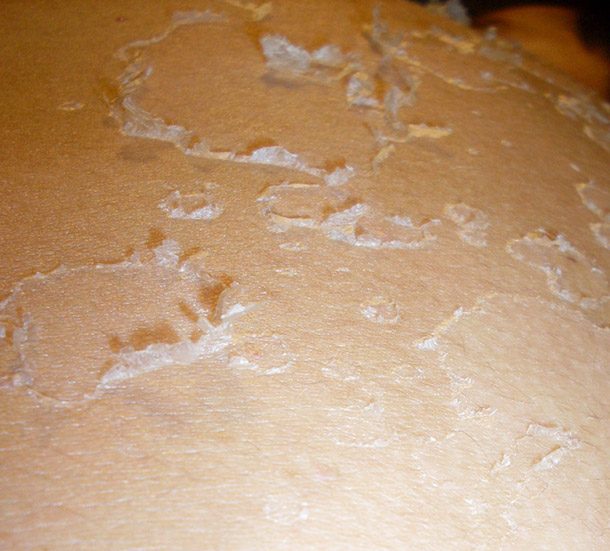 Source: https://www.theatlantic.com/technology/archive/2013/08/the-disgusting-side-of-space-what-happens-to-dead-skin-in-microgravity/278274/
Source: https://www.theatlantic.com/technology/archive/2013/08/the-disgusting-side-of-space-what-happens-to-dead-skin-in-microgravity/278274/ On Earth, dead skin falls off all the time without you knowing it, but in space, there’s no gravity for it to fall. As a result, often astronauts will be dealing with floating clouds of dead skin when, say, one of them removes a sock.
Mush from a Tube
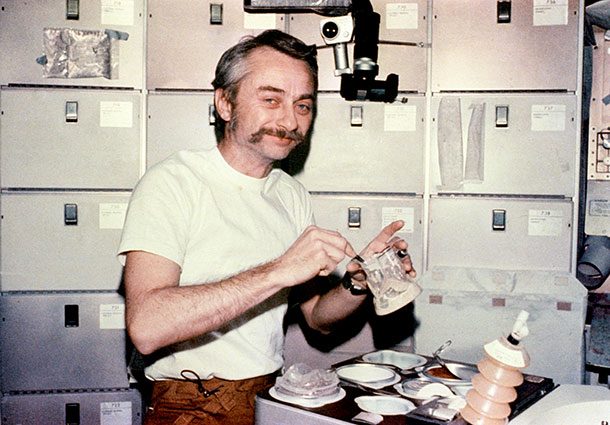 Source: http://discovermagazine.com/2007/nov/20-things-you-didn2019t-know-about-living-in-space
Source: http://discovermagazine.com/2007/nov/20-things-you-didn2019t-know-about-living-in-space In the early days of space travel, fine dining wasn’t exactly on the top of NASA’s priority list. As a result, John Glenn and many other astronauts struggled to eat food in space, mostly because it was mush that came out of a tube.
Outer Space Smell
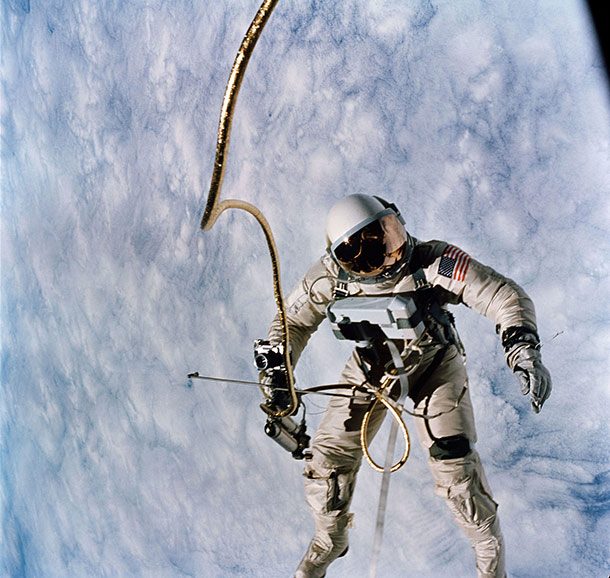 Source: https://www.theatlantic.com/technology/archive/2012/07/what-space-smells-like/259903/
Source: https://www.theatlantic.com/technology/archive/2012/07/what-space-smells-like/259903/ Ever wonder what outer space smells like? When astronauts return from a spacewalk and remove their helmets inside their spaceship, they are greeted by a bizarre odor. They’ve described it as “seared steak,” “welding fumes,” and “sulfurous.” In other words, space stinks.
Spaceship Odor
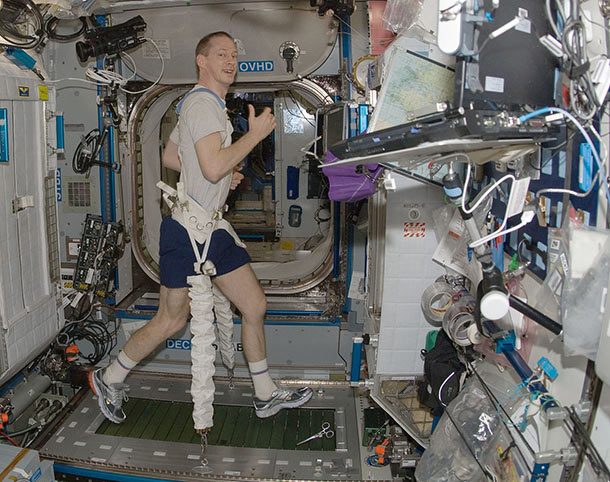 Source: http://www.dailymail.co.uk/sciencetech/article-4859226/Astronaut-Scott-Kelly-reveals-ISS-smells-like-JAIL.html, https://gizmodo.com/how-nasa-deals-with-odor-inside-the-international-space-1648864449
Source: http://www.dailymail.co.uk/sciencetech/article-4859226/Astronaut-Scott-Kelly-reveals-ISS-smells-like-JAIL.html, https://gizmodo.com/how-nasa-deals-with-odor-inside-the-international-space-1648864449 On top of outer space smelling foul, astronauts also have to deal with their spaceships and space stations smelling bad with so many people living inside them. To curb all the bad odors that are sure to arise during those two-hour long exercise routines astronauts are required to take, NASA has installed many different deodorizing machines. Still, famed astronaut Scotty Kelly said the ISS smells like jail.
The Maximum Absorbency Garment
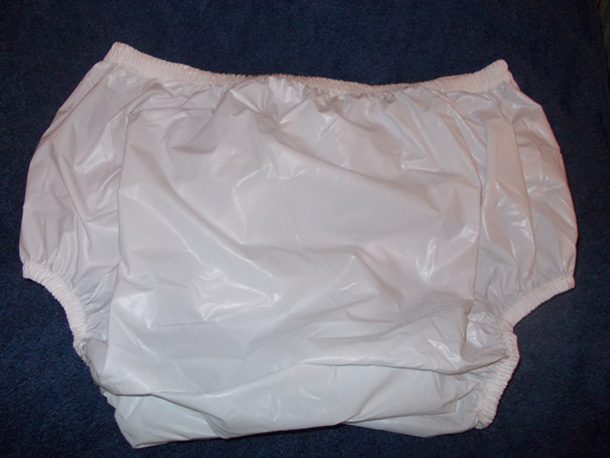 Source: https://gizmodo.com/5679558/why-do-astronauts-wear-space-diapers
Source: https://gizmodo.com/5679558/why-do-astronauts-wear-space-diapers You’re probably wondering what a Maximum Absorbency Garment is, but if you think about it for a second, you’ll figure it out. Okay, we’ll just tell you, it’s an adult diaper, and all the astronauts wear them. Astronauts have very long delays and have to wait around for a while before they can launch, but they also can’t just get up and leave, so they wear the diaper for when they have to go pee. Fun fact, Alan Shepard was the first astronaut to pee inside his suit.
Sudden Peeing
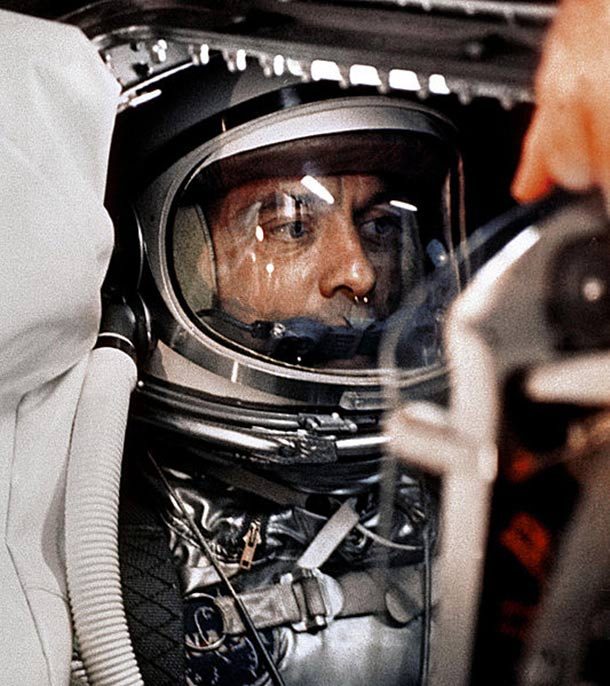 Source: https://curiosity.com/topics/astronauts-cant-tell-if-their-bladders-are-full-in-space/
Source: https://curiosity.com/topics/astronauts-cant-tell-if-their-bladders-are-full-in-space/ In Zero-G, the nerves that tell you when it’s time to go pee don’t work like they do on Earth, mostly because the liquid in your bladder doesn’t fill up on the bottom. Your bladder just keeps filling in space until it’s totally full and will suddenly force you to go pee without notice.
Drinking Your Own Urine
 Source: https://www.space.com/6733-astronauts-drink-recycled-urine-celebrate.html
Source: https://www.space.com/6733-astronauts-drink-recycled-urine-celebrate.html There’s not exactly an abundance of water in outer space. To curb this problem, astronauts have to drink recycled water from their own urine. The machine that does this for them is about 250 million dollars. We’re guessing they check that machine often to make sure it’s working properly.
Bloat
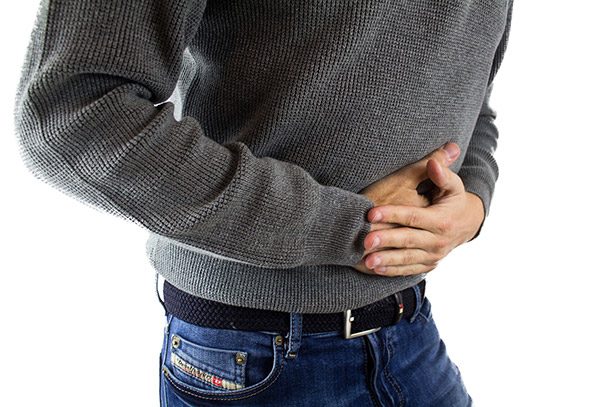 Source: https://www.popsci.com/how-your-body-betrays-you-in-space
Source: https://www.popsci.com/how-your-body-betrays-you-in-space When your body digests food, it naturally makes gases. Most of the time that gas finds a way out, but in space, it just sits there for a long time. If you try to force a burp, it could induce vomiting. Astronauts have created some interesting techniques to counteract that.
Constipation
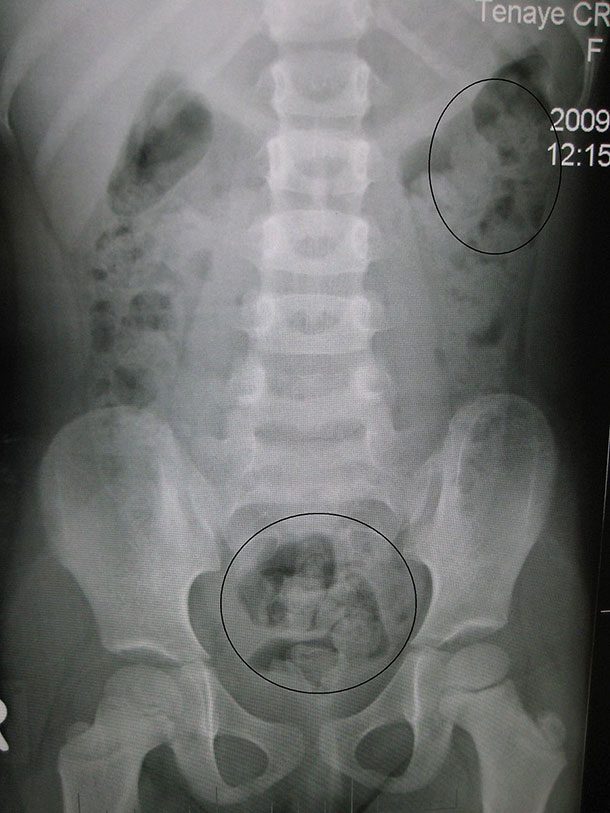 Source: http://discovermagazine.com/2007/nov/20-things-you-didn2019t-know-about-living-in-space
Source: http://discovermagazine.com/2007/nov/20-things-you-didn2019t-know-about-living-in-space Not only does the Zero-G cause astronauts to be puffy in the face and bloated, it also causes constipation. Suddenly, it makes sense why they eat goo from a tube.
Space Vomit
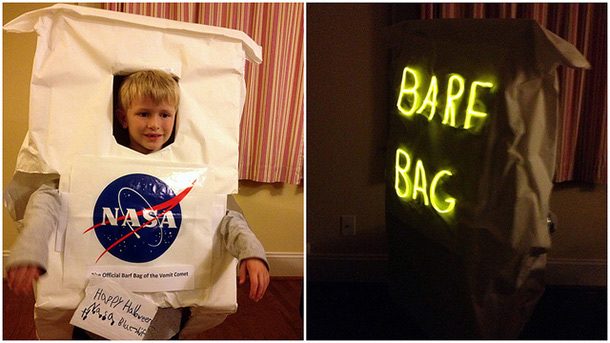 Source: https://www.space.com/20850-space-puke-astronaut-video.html
Source: https://www.space.com/20850-space-puke-astronaut-video.html As we said before, astronauts regularly get space sick, and that can lead to vomiting. Imagine being in zero gravity, throwing up, and watching your vomit floating around the space station. Usually, the astronauts will vomit in a barf bag, which gets to hang out with them for the remainder of the trip.
Pooping in Space
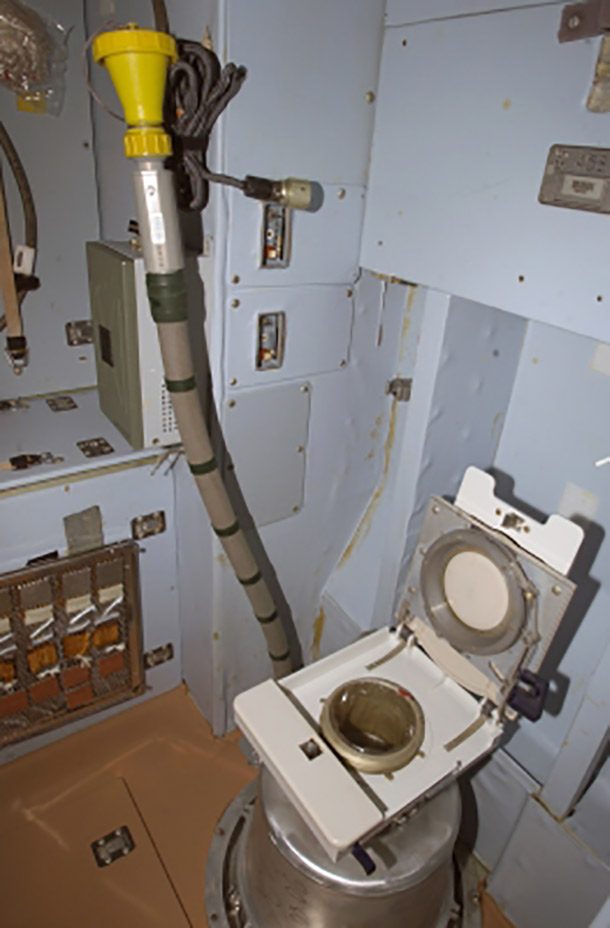 Source: https://www.space.com/22597-space-poop-astronaut-toilet-explained.html
Source: https://www.space.com/22597-space-poop-astronaut-toilet-explained.html Everyone wants to know how astronauts go poop in space. In the early days, it wasn’t a great situation, which essentially just involved bags. Luckily, things have gotten a little better if not less awkward. Astronauts sit on a toilet but have to take “positional training” to make sure their feces goes into the hole properly.
Diarrhea
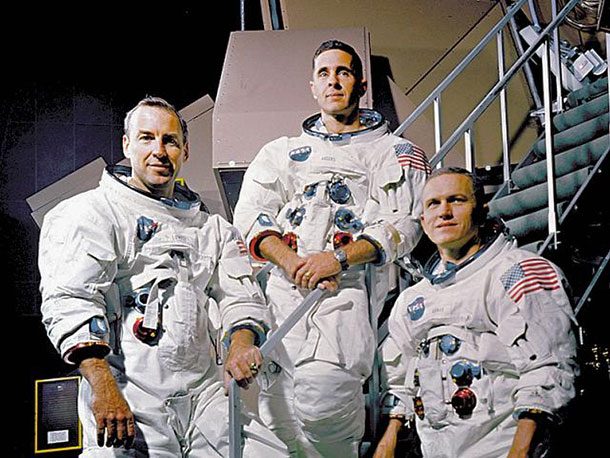 Source: https://listverse.com/2013/06/10/10-weird-and-fascinating-facts-about-space-travel/
Source: https://listverse.com/2013/06/10/10-weird-and-fascinating-facts-about-space-travel/ On an Apollo 8 mission commanded by Frank Borman, things got pretty nasty, pretty quick. Borman woke from a nap with an upset stomach and starting vomiting and having bad diarrhea. The globules floated around their tiny capsule. Borman didn’t want to report it back to mission control, but Jim Lovell and William Anders forced him to report it.
Bowel Monitors
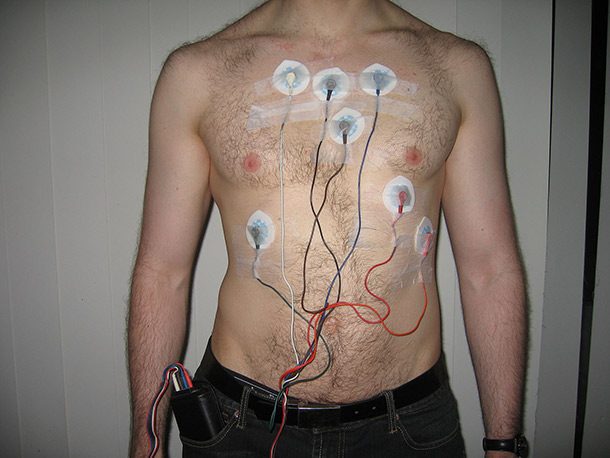 Source: https://www.nytimes.com/2010/08/09/books/09book.html
Source: https://www.nytimes.com/2010/08/09/books/09book.html Astronauts in on space shuttle flight wore a monitor on their belly to record their bowel movements. Oddly, an expert was on the other end of that recording, making sure everything was working normally.
Clogged Toilet
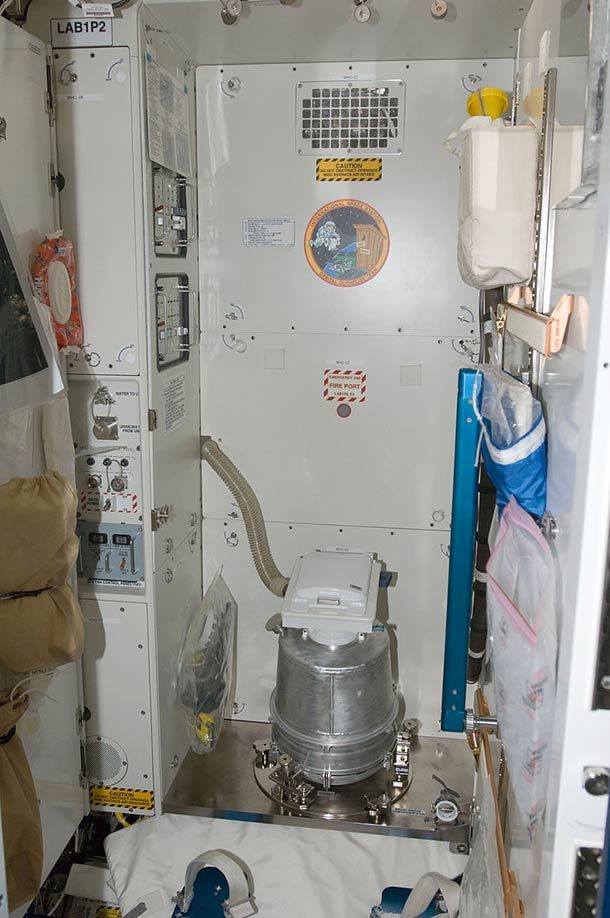 Source: https://www.livescience.com/58189-why-space-travel-can-be-gross.html
Source: https://www.livescience.com/58189-why-space-travel-can-be-gross.html No one wants to deal with a clogged toilet on Earth much less space, but that’s exactly what happened on the 1981 Space Shuttle Columbia flight. During re-entry, fecal matter migrated from the ventilation system and entered the main cabin. During the Apollo missions, they dealt with floating turds quite often it seems.
Sneezing
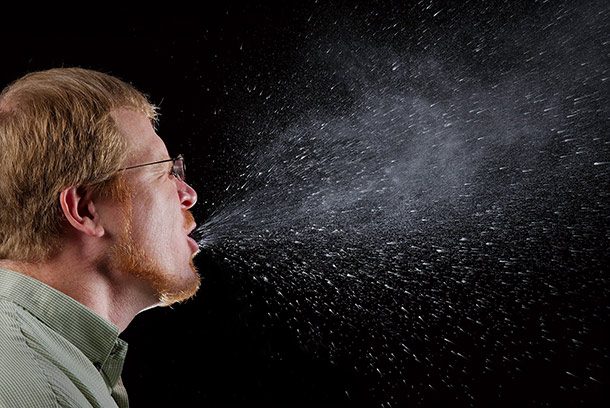 Source: https://www.space.com/7026-sneeze-space.html
Source: https://www.space.com/7026-sneeze-space.html While astronauts are in a space suit, they can’t exactly blow their nose or cover their mouths when they sneeze. When a sneeze does come on, it could be a very messy problem, potentially putting mucus all over the windshield of the helmet. Astronauts say to avoid this, they’ve gotten really good at aiming down when they sneeze.
Dying in Space
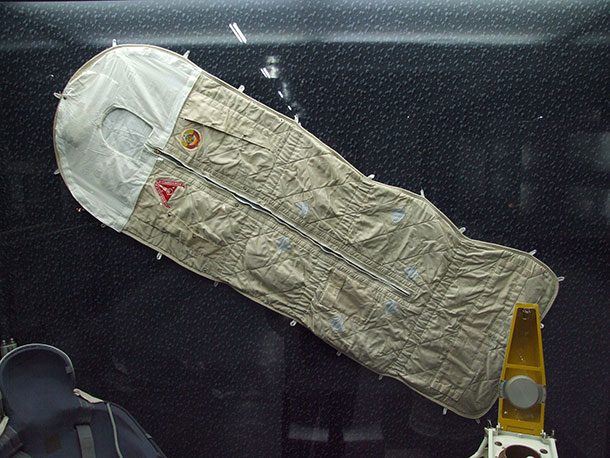 Source: http://uk.businessinsider.com/what-if-someone-dies-in-space-2015-4?r=US&IR=T
Source: http://uk.businessinsider.com/what-if-someone-dies-in-space-2015-4?r=US&IR=T For a long time, NASA hasn’t really come up with a plan for what happens if a person dies in space. It probably wouldn’t be the greatest experience to be the astronauts that have to deal with a dead body in a spaceship. Working with the burial company Promessa, NASA has created the “Body Back” program, which is basically putting a dead body in a sleeping bag and letting it sit outside the spaceship while you enter Earth’s atmosphere, letting it burn into dust.
ISS Bathroom Spat
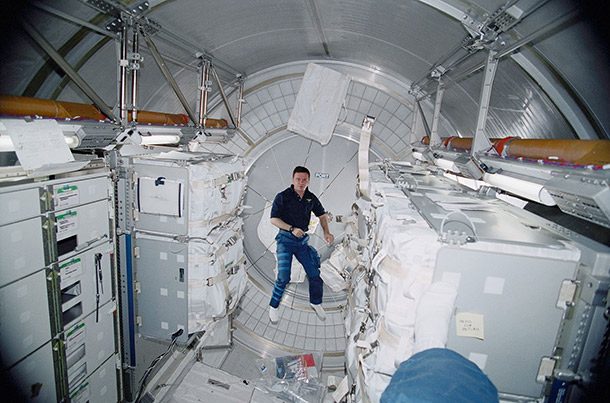 Source: https://www.tinggly.com/journal/10-amazing-facts-about-space-exploration/
Source: https://www.tinggly.com/journal/10-amazing-facts-about-space-exploration/ Many know the experience of siblings fighting over the bathroom, not to mention yelling at each other over the bad smell. Now put that situation in space, and you’ll understand the problem. The International Space Station launched in 1998, and after a while, things weren’t going so well between the American astronauts and Russian cosmonauts. The cosmonauts apparently liked jellied fish for their diets, which ended up clogging the toilets. The astronauts ended up banning them from using their toilets.
Sweat Balls
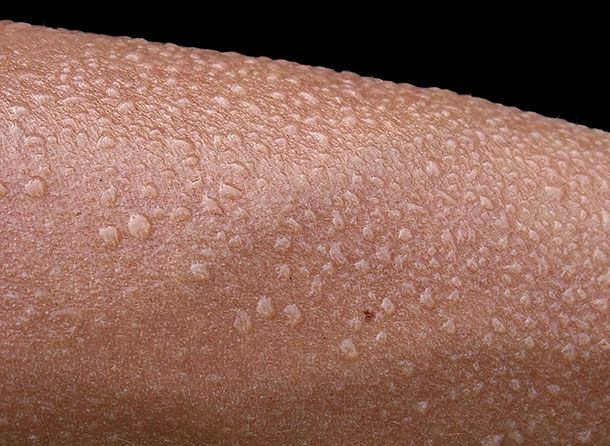 Source: https://www.popsci.com/how-your-body-betrays-you-in-space
Source: https://www.popsci.com/how-your-body-betrays-you-in-space As we said before, astronauts work out for about two hours a day to keep up their muscle mass. That’s going to produce a lot of sweat. In Zero-G, sweat doesn’t roll off your body, it just clings to it in tiny sweat balls. It’ll stay like that for a long time unless you wipe it off with a towel. Side note, astronauts collect their own sweat to use as drinking water later.
Sparse Showering
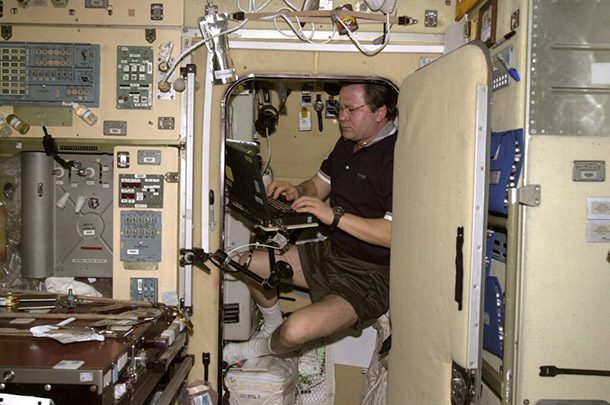 Source: https://www.nytimes.com/2010/08/09/books/09book.html
Source: https://www.nytimes.com/2010/08/09/books/09book.html Astronauts have plenty of work to do and have been known to go without bathing for weeks. In the early space missions, things could get pretty nasty up in those tiny capsules.
Foot Callus
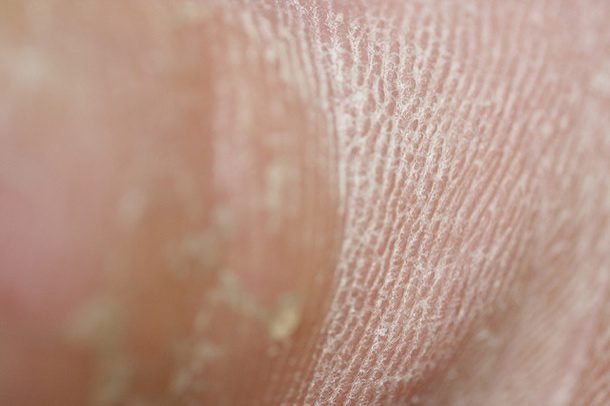 Source: http://www.theleonardo.org/10300-2/
Source: http://www.theleonardo.org/10300-2/ Remember when we talked about dead skin? Well, it gets worse. Noting the tops of their feet becoming painfully sensitive, astronauts have said that the calluses on the bottom of their feet molt off and float away.



























